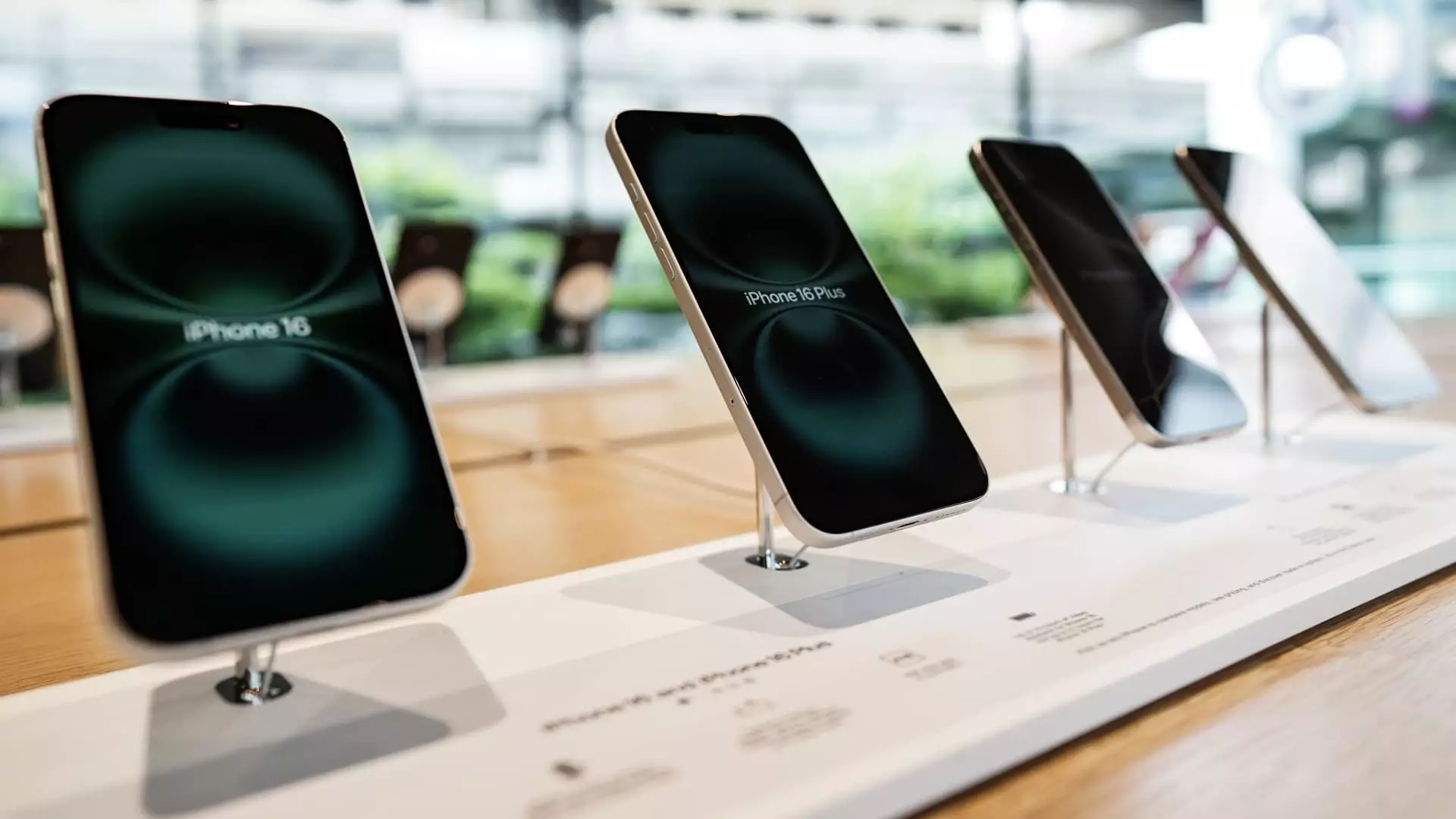The notion of relocating iPhone assembly from China to India has gained traction, particularly in the context of rising trade tensions and tariffs. However, leading analyst Craig Moffett raises significant skepticism about this idea, deeming it highly impractical. Moffett, a seasoned voice in the tech investment arena, points to the intricate web of global supply chains that Apple’s production relies upon. According to his analysis, even a move of assembly operations to India would not adequately address the issues caused by tariffs since the majority of the components used in iPhones would still be sourced from China.
Moffett articulated these views in a recent memo, following reports that suggested Apple may aim to shift assembly by the end of 2024. The shift appears to be a strategic attempt to mitigate risks associated with the geopolitical landscape, but Moffett emphasizes that the challenges are vast. He states, “You have a tremendous menu of problems created by tariffs,” indicating that the shift might only somewhat alleviate logistical headaches temporarily, without resolving the fundamental issues at play.
Cost and Complexity in Assembly
Transitioning iPhone assembly operations to India is laden with complexities. Apple’s immense supply chain is deeply integrated with Chinese manufacturing, and disentangling it would be a monumental task. For companies like Apple, supply chains are not merely logistical frameworks; they are delicate ecosystems that rely on the symbiotic relationship between production speed, quality, and cost-efficiency. Moffett highlights the potential resistance Apple could face when trying to diversify its supply chain away from China, stating that “the bottom line is a global trade war is a two-front battle.”
While moving assembly to India may provide some savings on labor costs and possible tariff reductions, it does not promise an outright solution. Moffett’s insights suggest that the implications of such a strategic shift might not outweigh the operational difficulties. The possible benefits of assembly relocation could be outweighed by rising costs associated with logistics and the need to establish new partnerships in India.
Valuation Concerns Over Company Performance
Integral to Moffett’s analysis is the evolving valuation of Apple’s stock. He recently lowered his price target from $184 to $141, representing a stark 33% reduction from the previous share price. Despite his critical stance, Moffett refrains from labeling Apple as a ‘poor’ company—rather, he raises concerns about its valuation amid shifting macroeconomic trends. This demonstrates a nuanced understanding that, while Apple has fundamental strengths—like its robust balance sheet and loyal customer base—these may not be enough to sustain high stock prices in an unpredictable market.
Moffett’s “sell” rating on Apple, established at the start of the year, has endured amidst a broader stock price decline of approximately 14%. This trend highlights the reality that even the strongest tech companies are not insulated from external pressures, especially when consumer demand can fluctuate dramatically due to economic conditions. The coming recession could further exacerbate these pressures, making Moffett’s caution seem even more prescient.
The Impact of Carriers and Consumer Sentiment
The conversation surrounding tariffs extends beyond manufacturing; it also encompasses the role of carriers in pricing strategies. In a striking observation, Moffett pointed out that major networks like AT&T, Verizon, and T-Mobile have opted not to absorb increased costs resulting from tariffs on handsets. Instead, consumers may find themselves bearing the brunt of higher prices for devices. This situation could lead to significant demand destruction—a double-edged sword that would potentially prolong upgrade cycles as consumers re-evaluate their spending in a tightening economy.
Moreover, the growing backlash against U.S. companies in China could complicate matters even further. Moffett highlighted that local brands, such as Huawei and Vivo, are capturing market share that traditionally belonged to Apple. This shift in consumer sentiment, spurred by geopolitical tensions, poses a significant threat to Apple’s performance in one of its largest markets.
As optimism wanes in the face of rising operational costs and intense competition, the future of Apple’s production strategy appears more uncertain than ever.

